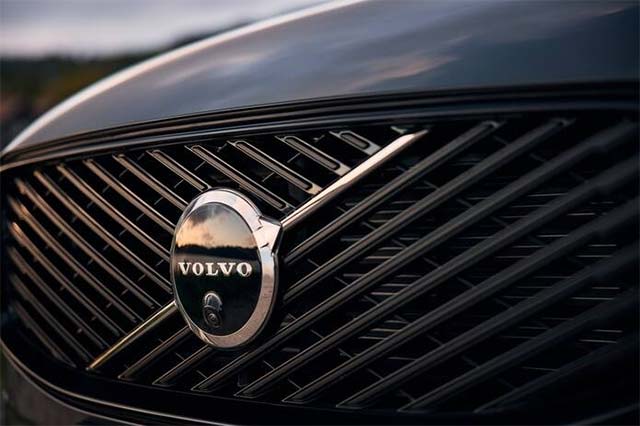
Introduction
The recent reports of declining sales in Volvo’s portfolio have caught the attention of industry analysts, stakeholders, and consumers alike. As a luxury automaker renowned for its safety features and sustainability efforts, the reasons behind this downturn hold significant implications for the broader automotive sector and emerging trends in consumer preferences.
Current Sales Performance
According to the latest financial results released by Volvo Cars for Q3 2023, the company reported a sales decline of approximately 9% compared to the same period last year. This downturn is attributed to multiple factors, including supply chain disruptions, escalating competition from both traditional and electric vehicle (EV) manufacturers, and shifts in consumer buying patterns.
In the United States, Volvo experienced a sharper decline, with sales dropping by nearly 15% year-on-year. This slump is notable amid a period of recovery for many automakers, suggesting potential challenges specific to the Volvo brand, which may include pricing strategies and dealership support.
Reasons Behind the Decline
A key element contributing to Volvo’s sales decline is the global semiconductor shortage, which has hampered production rates across the entire automotive industry. Volvo, like many others, has faced important delays in delivering new vehicles to consumers, thereby impacting overall sales figures.
Moreover, the competitive landscape of the automotive market is increasingly crowded, with many brands aggressively marketing their new EV models. Brands such as Tesla, Ford, and new entrants like Rivian have increased their market presence, appealing particularly to younger consumers who show a strong inclination towards electric and hybrid vehicles.
Additionally, economic factors, including inflation and rising interest rates, are causing consumers to be more cautious in their purchasing decisions, resulting in longer decision-making periods before buying new vehicles.
Outlook for the Future
Despite the current challenges, Volvo remains committed to its long-term strategy focused on electrification and sustainability. The company aims for 50% of its global sales to come from fully electric vehicles by 2025, and it is investing heavily in technology and infrastructure to support this vision.
Industry experts suggest that Volvo’s recent sales decline could be a temporary setback rather than a long-term trend, provided the company successfully navigates supply chain issues and strengthens its marketing strategies to better appeal to shifting consumer preferences.
Conclusion
The decline in Volvo’s sales reflects broader trends and challenges facing the automotive industry in 2023. As manufacturers adapt to a rapidly changing environment, Volvo’s response to these challenges will be crucial in determining its market position in the coming years. For consumers and investors alike, keeping an eye on Volvo’s strategies and adaptations offers critical insights into the future of the automotive landscape.
You may also like

Wolves Owners and Their Impact on the Club’s Growth

The Rise of Ghost Number Plates in the UK
